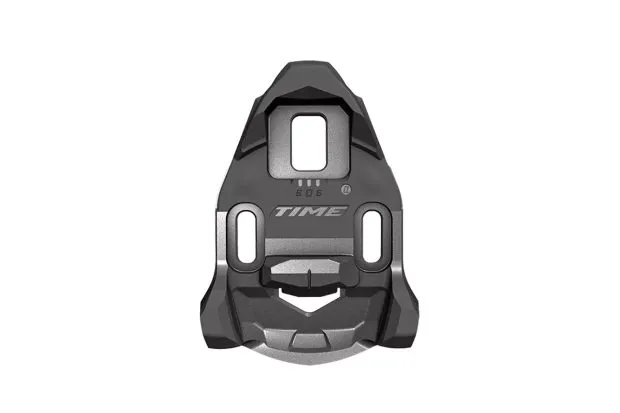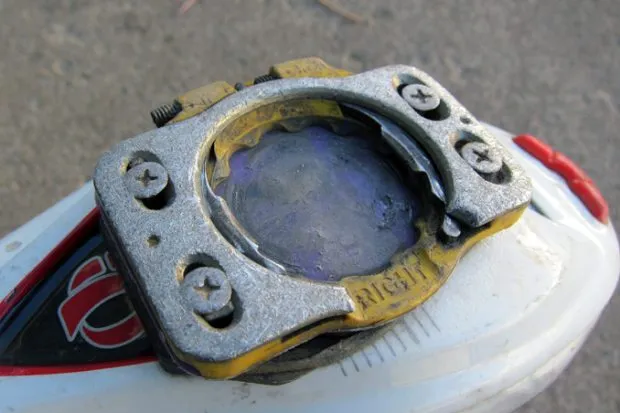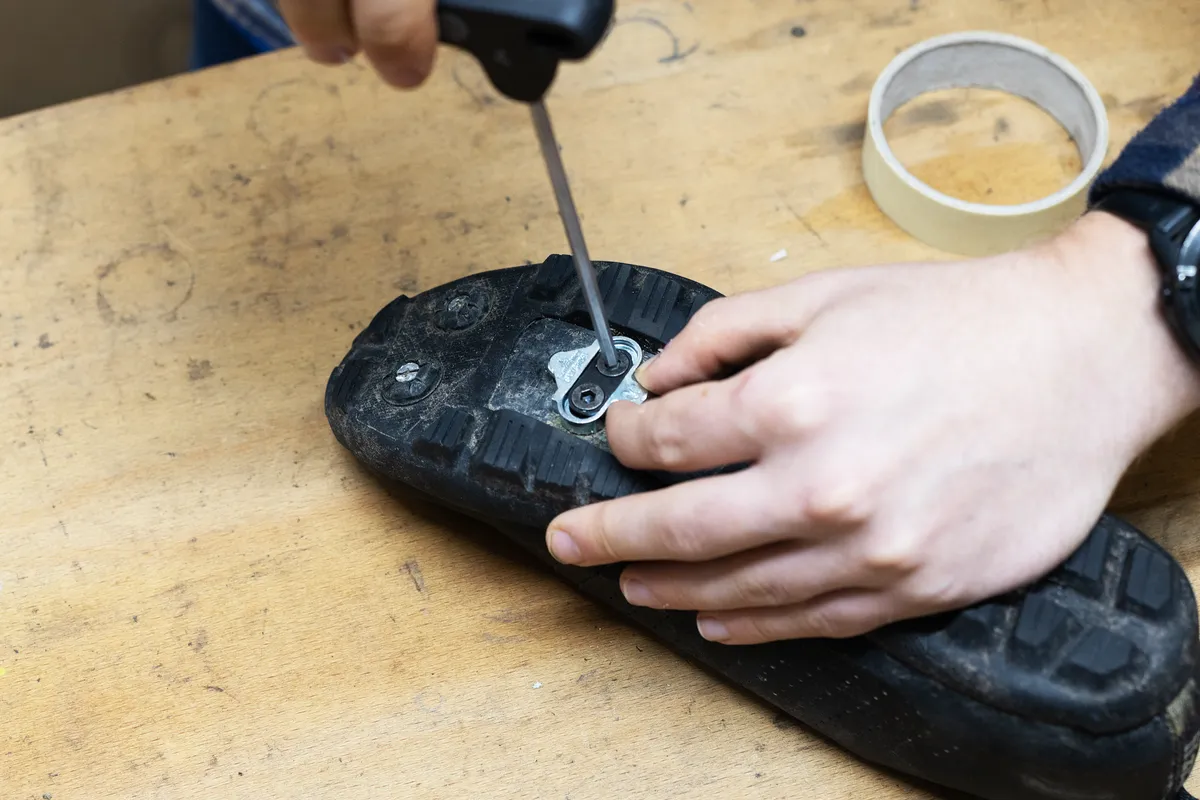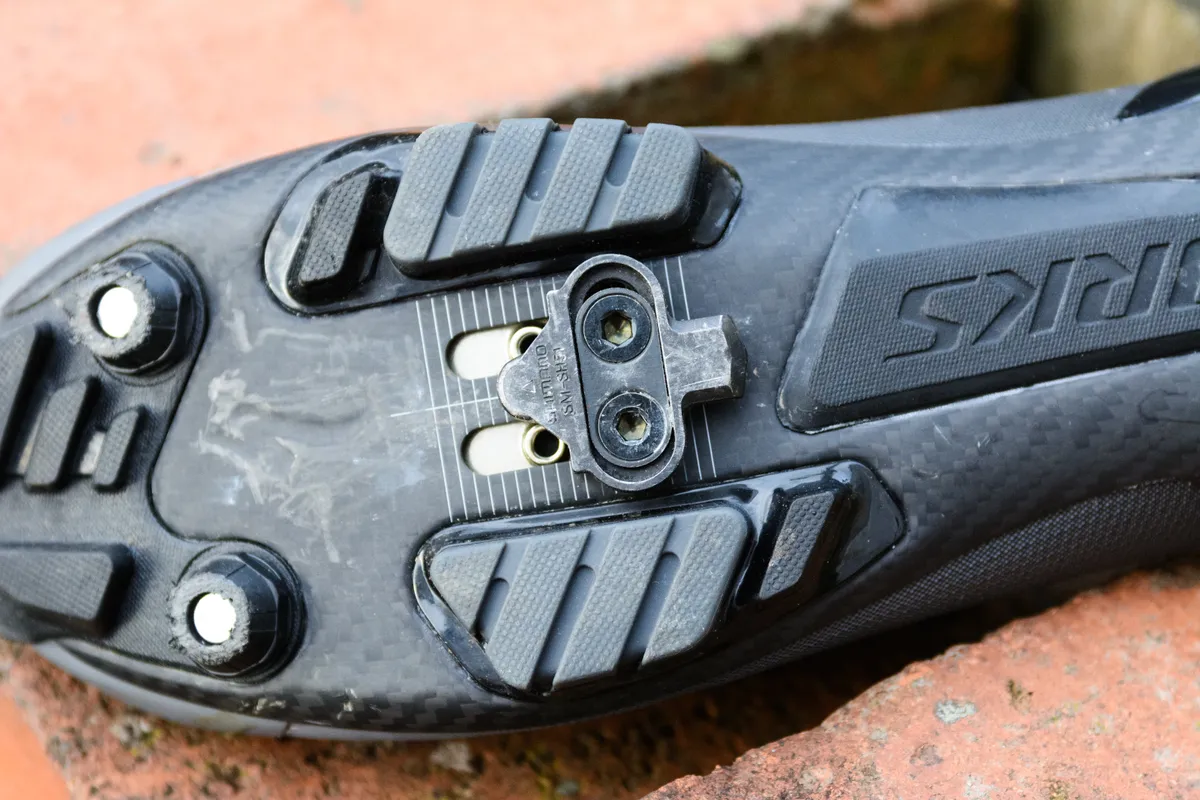Cleats provide the interface that connects your shoe to your clipless pedal.
Over time, under the strain of countless hours of use, they start to wear out and stop working as they should.
Read on to find out when to change your cleats to keep your clipless pedals performing at their best.
How do you know when to change cleats?

If you cycle with cleats, there are many factors that determine their lifespan. These include your mileage, riding conditions and how often you walk on your clipless cycling shoes.
As a cleat wears out and material gets worn away, its connection with the pedal degrades. This can make it harder to clip in (or out) because the cleat is no longer able to easily open the pedal’s locking mechanism for entry or exit.
In some cases, a worn cleat may also cause unexpected unclips while pedalling.
However, sometimes these issues can occur without the cleat being excessively worn. In this case, a simple adjustment of the pedal’s spring mechanism should fix the issue.

If the problem persists despite the spring adjustment, it’s likely time to replace your cleats.
Some cleats, such as Shimano’s SPD-SL road offering, feature coloured wear indicators which, when worn away, signify the cleats should be replaced.
While wear indicators can be helpful, we recommend you also pay attention to the cleats' performance when deciding whether or not to replace them.
When to replace road cleats
To make sure your road bike pedals keep performing at their best, it’s important to replace your cleats before they get worn excessively. Here’s how you can tell when to replace your cleats.
Shimano SPD-SL

Shimano’s SPD-SL road cleats feature a coloured, rubber wear indicator on their underside.
Shimano recommends its cleats are to be replaced when clipping in or out becomes noticeably harder or easier, or when the coloured portion of the cleat becomes worn down.
Look Keo cleats

Look Keo cleats also use a wear indication system, in the shape indicators that appear when the inner layer sits flush with the outer material.
Look states: “LOOK KEO cleats have 4 wear indicators. It is imperative to change your cleats as soon as one of them appears. You will see the indicator appearing when the white layer becomes flush with the red, grey or black layer.”
Time

Time’s ICLIC road pedals feature walk pads that double as wear indicators.
Time advises replacing its cleats when release from the pedals becomes harder, or when the walk pads show signs of wear.

Time’s ATAC off-road cleats don’t feature walk pads or wear indicators, so it’s important to stay on top of changes in the entry and release performance to gauge wear.
Wahoo Speedplay

Wahoo Speedplay cleats use an inverted design, where the pedal effectively clips into the cleat.
This means the cleat’s connecting interface does not protrude from the sole of the shoe, increasing its lifespan.
Wahoo advises replacing its cleats when they show advanced wear. It is also strongly advised not to use a combination of new and old cleat parts when replacing the system.
When to replace mountain bike cleats

Mountain bike cleats are typically a lot smaller than their road counterparts and lack wear indicators.
They are also made of metal, unlike a lot of road cleats, which are often made of plastic, and sit in a recessed cleat box in the sole of the shoe.

Popular designs include Shimano SPD, Crankbrothers and HT. When it comes to gauging wear, the advice is very similar across the board.
Because mountain bike cleats don’t have specific wear indicators, it’s important to pay attention to changes in their interaction with the pedal when clipping in and out, as well as increased float or play once clipped in.
At this point, they will often look worn and rounded at the edges.

An article on the Shimano website states: “SPD cleats are quite durable, but as they wear, performance can be compromised. Usually, this will mean inconsistent releases: your pedal may release with more or less effort than when they were fresh, or in some cases, they may not release properly. A good rule is to replace your cleats once a year.”
If you stay on top of replacing your cleats before they get too worn, you will benefit from the best possible performance from your mountain bike pedals.
Replacing your cleats

When the time comes to replace your cleats, it’s important to take time to ensure your new cleats are positioned properly.
You should also make sure to check your pedal’s spring tension because the fresh cleats are likely to feel different and the pedals may need to be adjusted accordingly.
